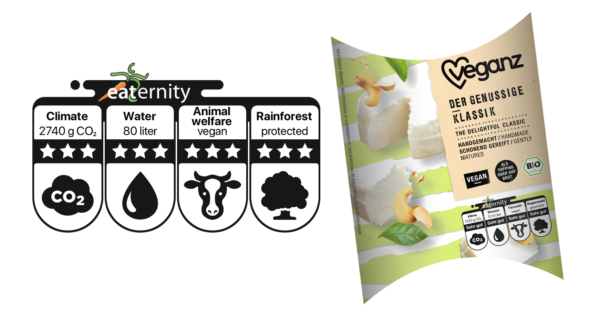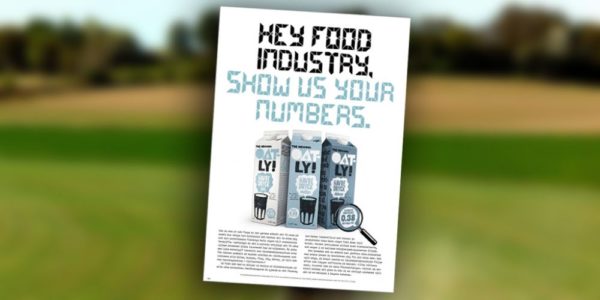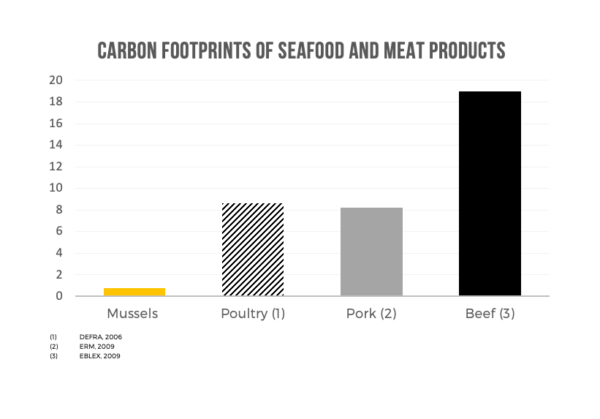
Did you already hear about the footprintarian? This person is not a vegetarian or vegan, but his or her food choices are primarily led by the CO2 emissions caused by the production and distribution of foods and drinks. It is a growing target group and therefore important to understand in-depth when you are a food company. They ask for a new climate-proof quality! A quality that is about smart CO2 foods, services, packaging, facts & numbers, new storytelling and fact driven future proof brands.
food choices
The footprintarian will prefer mussels over beef, chicken over cheese, concentrated syrups over bottled soda drinks and plastic* over glass packaging. Though not perse vegan, they embrace most plant based foods enthusiastically but will skip avocado’s for example.
learn more about the footprintarian
Understanding this group will become of great importance. Do you want to learn more about the drivers, needs, wishes and taste preferences of this target group of the future? And how to innovate in line with these insights. Please contact Marleen Zaalberg or Marielle Bordewijk for an inspiring presentation or innovation program.
* from a CO2 perspective plastic has a relative low footprint in comparison to most other packaging materials. But as most footprintarians care for the environment, they have parallel concerns for plastic pollution. They expect food and packaging companies to solve this problem at the same time and they do not accept a low CO2 footprint as an excuse for not innovating non-polluting solutions

Labeling of CO2 and other footprint specifications on packaging.

Oatly’s communication campaign by challenging the industry to show their CO2 numbers.

Mussels are a good choice for a footrpintarian as they have about a 30 times smaller CO2 footprint than beef.
credits & sources:
After writing this article we googled the word footprintarian and discovered that it was already mentioned by Kees Aarts (CEO Protix). So all credits for his word creativity. In this article and our presentation we give our interpretation of this new word, the way we believe it will affect consumers buying, cooking, eating and experiencing food the most.
Source illustration & packaging: Eaternity.com
Source photo: Etienne Boulanger on Unsplash.com
Source chart: SARF (2011). Carbon Footprint Of Scottish Suspended Mussels And Intertidal Oysters, Scottish Aquaculture Research Forum ISBN: 978-1-907266-44-7
